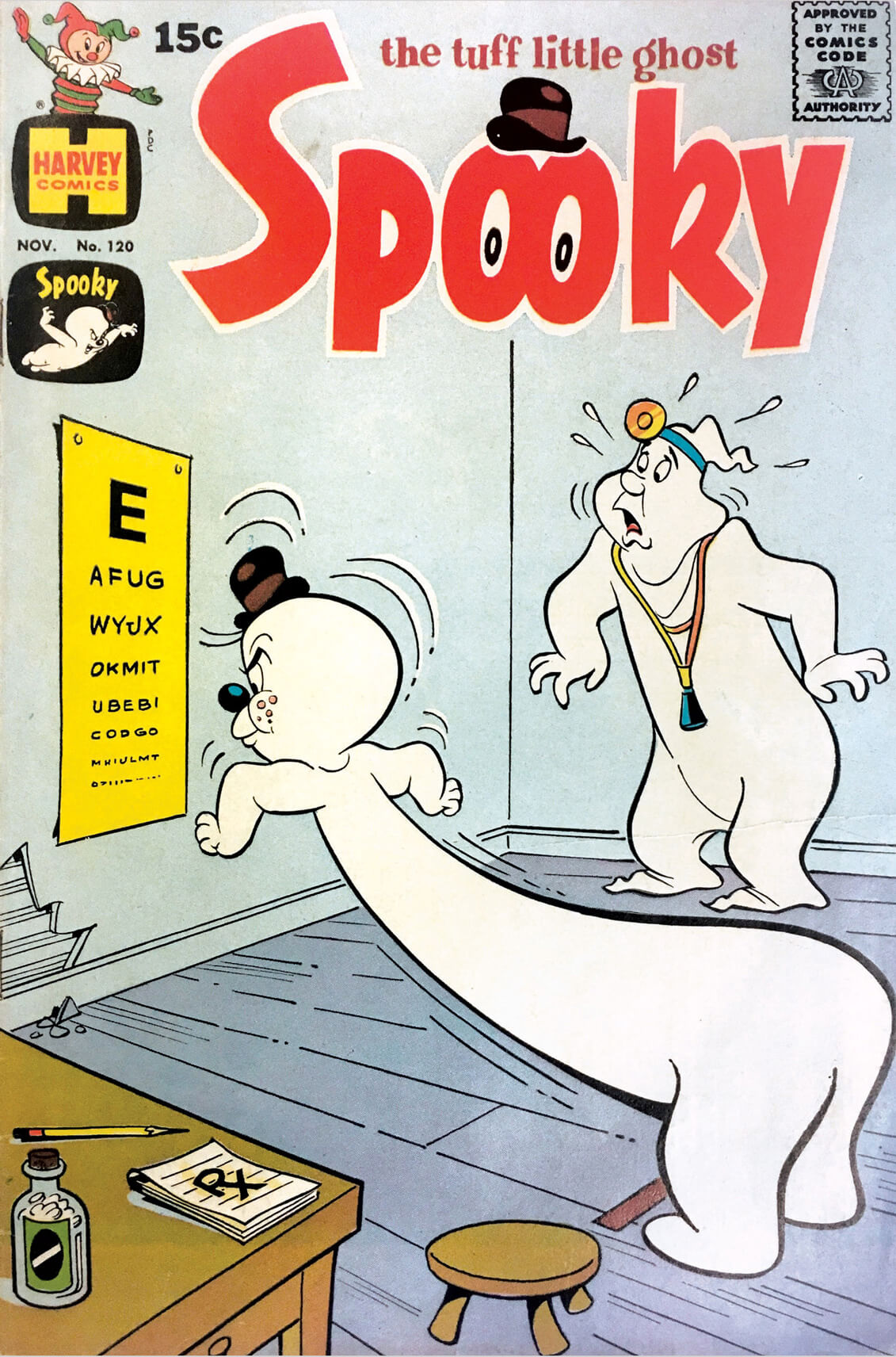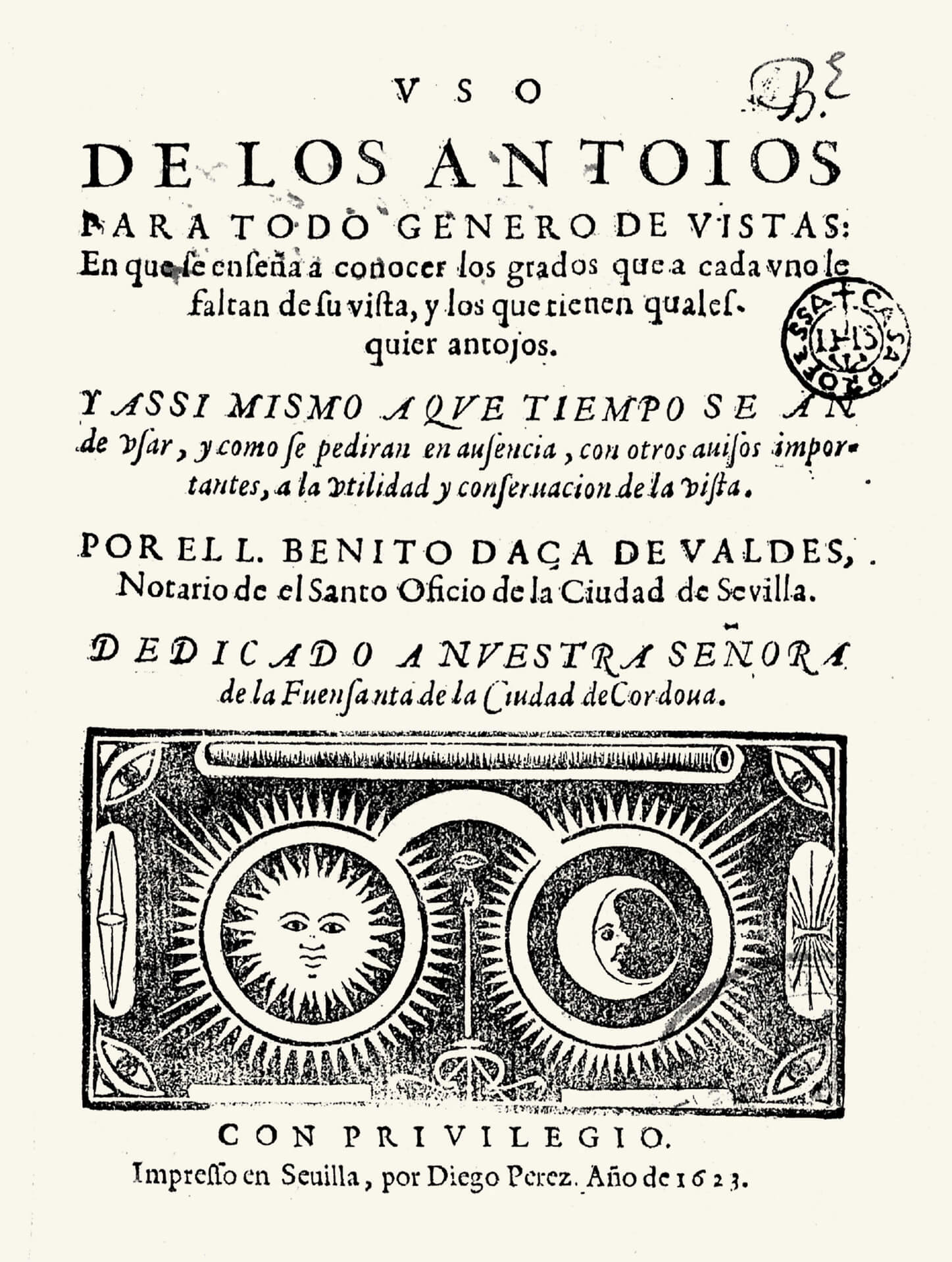Vision Quest
Bringing the eye chart into focus
William Germano

The eye chart we all know is a visual display of letters arranged top to bottom, from largest to smallest. The invention of Dutch ophthalmologist Herman Snellen (1834–1908), it’s universally recognized as a diagnostic tool for assessing the acuity of a person’s vision. (Snellen’s carte-de-visite included a tiny version of his chart as his signature). For a hundred and fifty years, the modern eye chart—in any of its increasingly sophisticated variations—has provided a means of calibrating visual acuity so that the findings could be shared among vision care professionals, the ophthalmologist or optometrist who examines you, or the optician who grinds your lenses and fits your frames.
There have been eye tests since antiquity—anybody can set up a means of deciding who has sharper sight—but an eye chart is a graphic tool built on principles of precision and reproducibility. The first real eye chart we have arrives on schedule, at the beginning of ocular modernity, in the era of Galileo, when the human eye became a space traveler. In 1623, the same year that Shakespeare’s colleagues created a posthumous collection of his plays in one large folio volume, Benito Daza de Valdés published Uso de los antojos para todo genero de vistas (The use of eyeglasses for all types of vision), a vernacular guide to lenses and spectacles—how they worked, the different conditions they corrected, and how using them might change your life.[1]
We don’t know much about Daza; he was born in Córdoba in 1591, became a Dominican friar and minor functionary of the Spanish Inquisition, and died in Seville in 1634.[2] The Uso is a surprisingly breezy little volume, and rare enough to be referred to as the Holy Grail of ophthalmology. There wasn’t a second edition or even a translation into Latin, but if there were ophthalmological justice, Daza’s book would be on a world tour of its own.

The Uso’s title page carries an extraordinary device: a pair of eyeglasses, radiant with energy. In place of the user’s right lens is a brilliant anthropomorphic sun, and in the user’s left lens sits the man in the moon. Lozenges with stylized concave and convex lenses bracket the image; light seems to stream outward to four eyes placed in the corners of the rectangular plate. These eyes watch and are watched. Divine light is present (he’s a cleric, after all, and the book is dedicated to Our Lady), but the source of the radiance seems to be coming from the spectacles, as if to say that the illumination just might be within us. In the great age of the telescope and the microscope, a good pair of eyeglasses makes discoverers of us all.